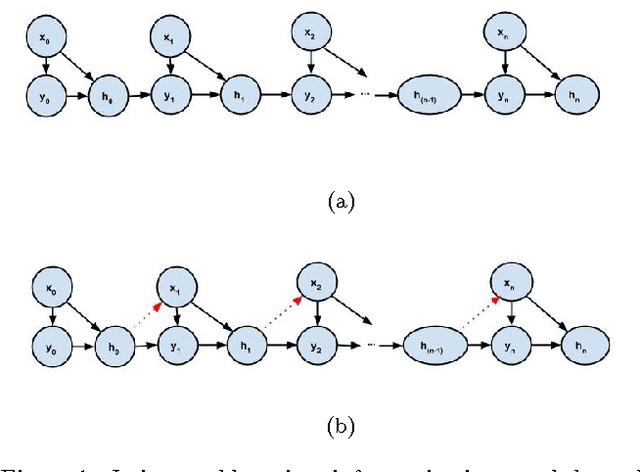Human-Algorithm Interaction Biases in the Big Data Cycle: A Markov Chain Iterated Learning Framework
Paper and Code
Aug 29, 2016
Early supervised machine learning algorithms have relied on reliable expert labels to build predictive models. However, the gates of data generation have recently been opened to a wider base of users who started participating increasingly with casual labeling, rating, annotating, etc. The increased online presence and participation of humans has led not only to a democratization of unchecked inputs to algorithms, but also to a wide democratization of the "consumption" of machine learning algorithms' outputs by general users. Hence, these algorithms, many of which are becoming essential building blocks of recommender systems and other information filters, started interacting with users at unprecedented rates. The result is machine learning algorithms that consume more and more data that is unchecked, or at the very least, not fitting conventional assumptions made by various machine learning algorithms. These include biased samples, biased labels, diverging training and testing sets, and cyclical interaction between algorithms, humans, information consumed by humans, and data consumed by algorithms. Yet, the continuous interaction between humans and algorithms is rarely taken into account in machine learning algorithm design and analysis. In this paper, we present a preliminary theoretical model and analysis of the mutual interaction between humans and algorithms, based on an iterated learning framework that is inspired from the study of human language evolution. We also define the concepts of human and algorithm blind spots and outline machine learning approaches to mend iterated bias through two novel notions: antidotes and reactive learning.
 Add to Chrome
Add to Chrome Add to Firefox
Add to Firefox Add to Edge
Add to Edge